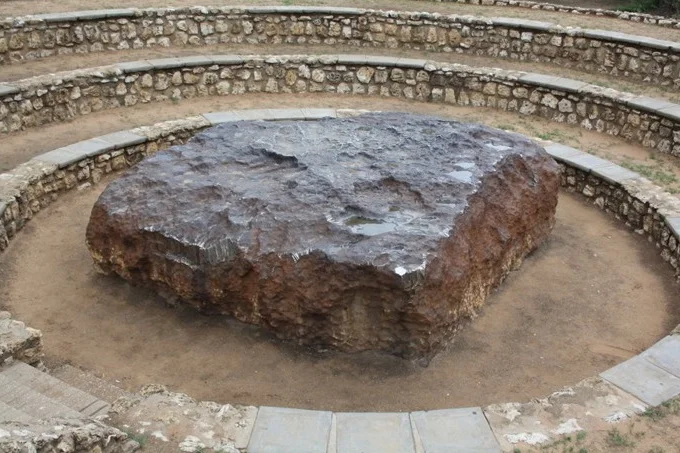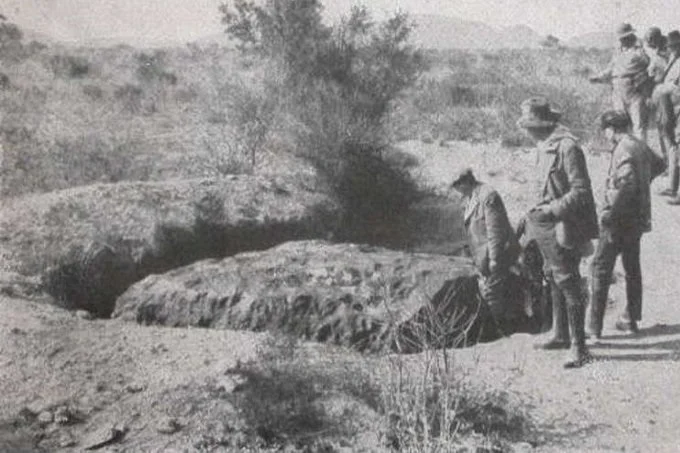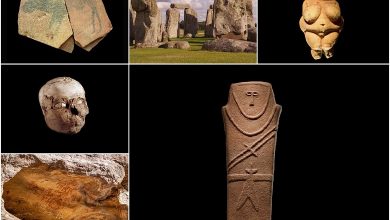Goba meteorite in Namibia: the largest extraterrestrial visitor on Earth

The formation of big craters is usually followed by the fall of massive meteorites on our planet. But not right now. The Goba meteorite is one of the rare space messengers that has left almost little evidence of its arrival.
Goba meteorite is the world’s biggest intact meteorite ever discovered. It’s also in Namibia, some 20 kilometers from the city of Grootfontein in the country’s northeast.

On the map, the Goba meteorite is located at -19.592533, 17.933697. The distance from Namibia’s capital, Windhoek, is 350 kilometers; the distance to the closest airport, Grootfontein, is about 20 kilometers. So, if the owner of the neighboring lands, Jacobus Hermanus Brits, had not accidentally across it while plowing a field in 1920, this meteorite would have lay in Africa.
The name of this attractive center was derived from the neighboring Goba West farm very instantly and unpretentiously. Interesting characteristics appeared when this amazing meteorite was dug up (it turned out that digging it up was just impractical) and measured: it seems to be flattened from above and below and has very flat edges.
This helps to explain why there isn’t a crater at the heavenly body’s impact point. According to scientists, the meteorite fell in this location like a flat pebble tossed over the lake’s surface. This occurrence occurred about 80,000 years ago.

Sizes of Goba meteorites 2.7×2.7×0.9 meters are the dimensions. Initially, it weighed about 66 tons and about 9 cubic meters in volume.
The meteorite is nearly completely made of metal, which explains its massive specific gravity. It’s important to note that it never weighed itself. The Goba meteorite’s chemical makeup is 82.4 percent iron, 16.4 percent nickel, 0.76 percent cobalt, and a tiny quantity of other metals, such as zinc, iridium, and chromium, are also present.
According to the most recent statistics, Goba has lost up to 60 tons so far. This is owing to scientific study, natural factors, and, most significantly, common vandalism, in which many visitors attempted to “pinch off” a bit of an extraterrestrial creature for personal gain.
On the meteorite, traces of incisions may still be visible. In 1955, the country’s administration (then known as the government of South West Africa) chose to designate Goba as a national monument in order to conserve such a unique feature.
In 1985, Rossing Uranium contributed extra money to improve its meteorite vandalism defense. The property, and therefore the meteorite, were given to the state by the owner of the Goba West farm in 1987.

Since then, a tourist center has been built there, and the number of people who wish to pinch off a piece of an extraterrestrial visitor has decreased to zero. The location has now been ennobled, and hundreds of respectable visitors visit each year.
The fascinating truth is that the Goba meteorite has never moved, been transferred, or even been transported since its discovery. It’s believed to still be where it was tens of thousands of years ago.




